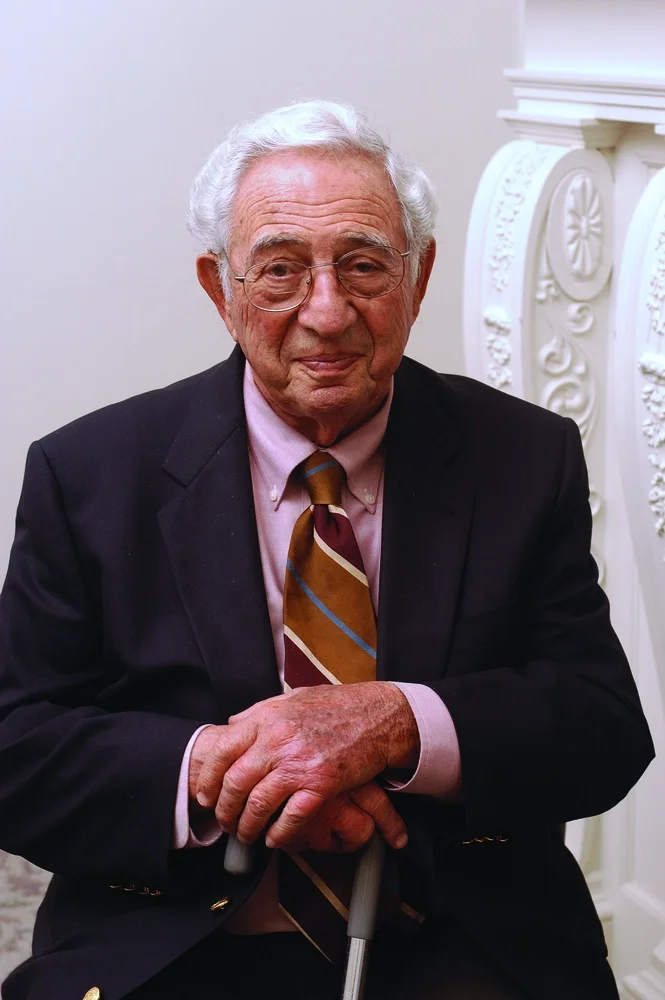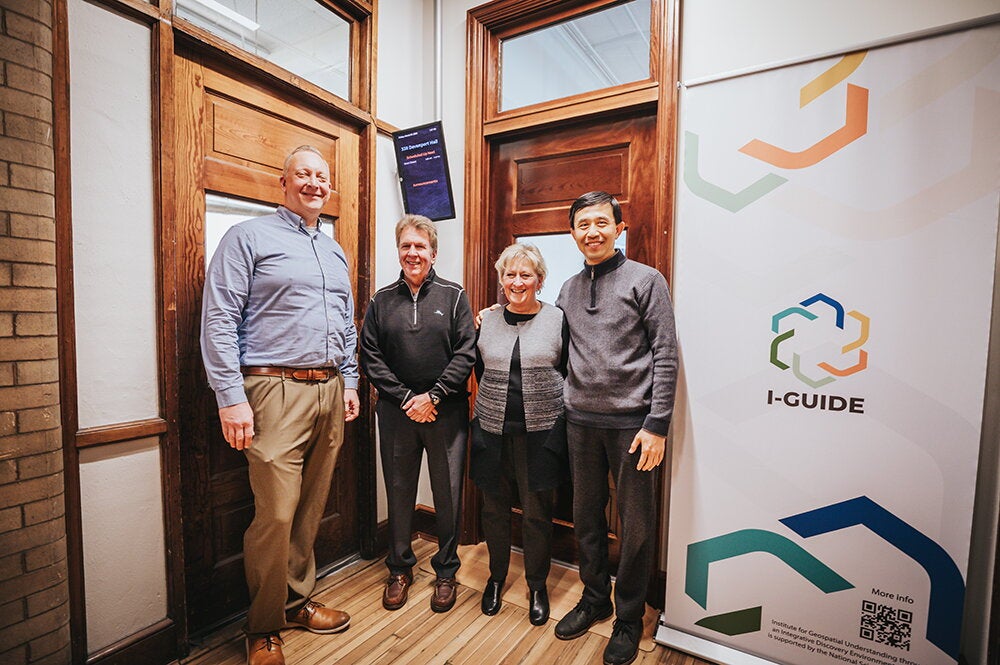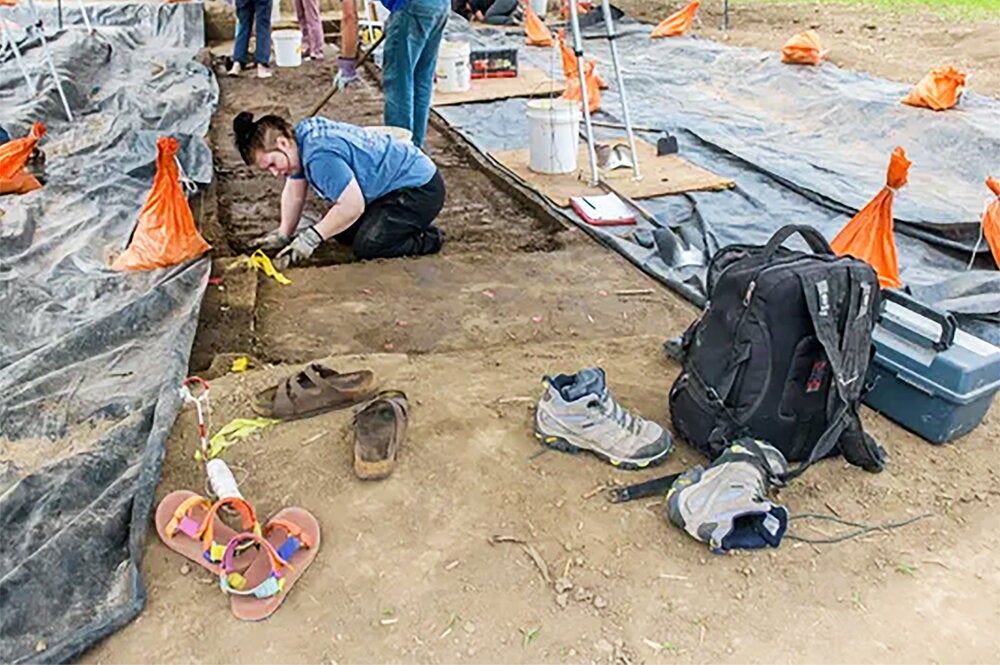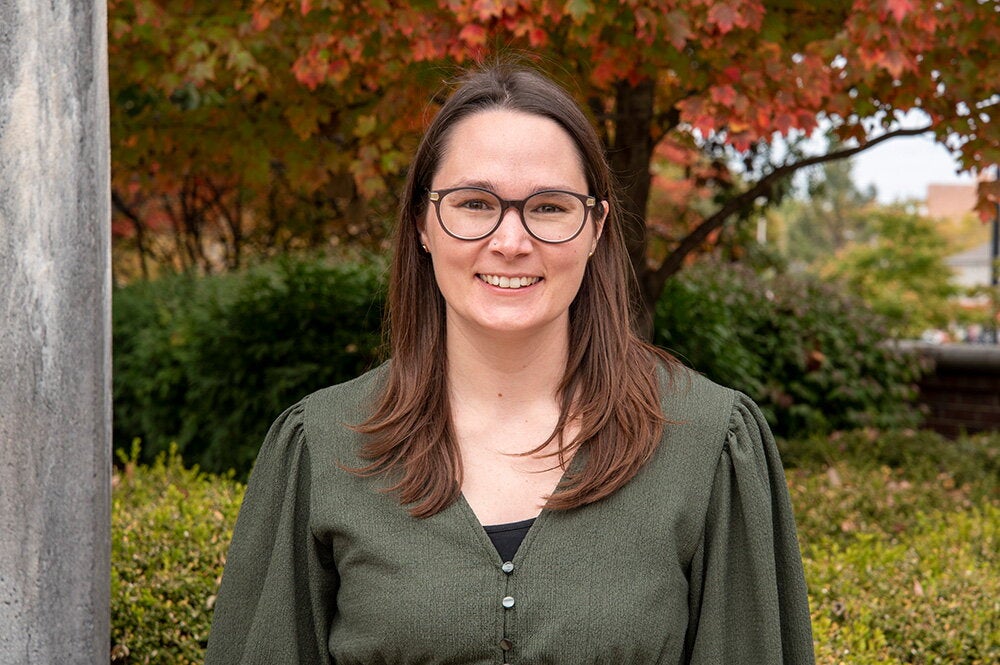
Arthur Galston's (MS, '42; PhD, '43, plant biology) life has been all about light.
Galston is one of the country's premier plant biologists, spending much of his career studying the relationship between light and plant development. But he has also spent considerable energy shedding light on some of the toughest ethical issues in science.
Galston taught bioethics from 1977 to 2004—an interest that resulted from his intimate involvement with the Agent Orange controversy during the Vietnam War. He also authored several important books on plant biology, as well as more than 320 scientific articles in refereed journals—just some of the reasons why Galston has earned the 2004 Alumni Achievement Award from the College of Liberal Arts & Sciences.
Well-known for his work on the social impact of science, Galston helped to lead a successful campaign to stop the spraying of the Agent Orange defoliant in Vietnam. The irony was that Agent Orange was modeled, in part, after a compound that Galston inadvertently discovered at the University of Illinois in 1943 while working on his PhD in plant biology.
In the 40s, most varieties of soybeans grown in Illinois were not economically viable because they "didn't flower early enough to set seedpods before the frost nipped them," Galston said. "So my idea was to study the control of flowering to speed up the reproductive cycle."
Galston succeeded in this task by applying a synthetic chemical to the soybeans. But he discovered if he used too high a concentration, there was a side-effect—the leaves fell off. "I had inadvertently developed an effective defoliating agent," he said.
As Galston moved on in his career, he thought nothing more about his accidental discovery. But during World War II, the Army began looking for defoliants that could destroy vegetation concealing an enemy. Although Galston's chemical was not the same as what would eventually become Agent Orange, it was used as a model for the infamous defoliant applied in massive amounts in Vietnam.
"I was immediately concerned because the idea of chemical warfare, even against plants, was repellent to me," Galston said. He worried about the side-effects to humans and the environment by indiscriminately spraying the chemical over a wide area.
As Galston campaigned against the use of Agent Orange, his interest in bioethics was stirred and he initiated a long-standing course on bioethics at Yale University.
Prior to his professorship at Yale, he spent nine years at Caltech, which he described as a "pretty heady environment" where he did some of his best research. Galston's boss was Nobel Prize winner George Beadle, and he became friends with another Nobel laureate, Linus Pauling. Galston also made a name for himself by discovering the kind of pigment that causes plants to bend toward absorbed light.
In addition to his academic reputation, Galston made a splash in the popular press in 1971 when his travels to China were featured on the front page of the New York Times for a week. Galston and a colleague had become the first American scientists to visit the People's Republic of China since its formation in 1949.
However, the light shed through his books and lectures may very well have had the most lasting impact of all.
"Arthur Galston is one of the most distinguished and respected plant biologists of our times," said Evan DeLucia, head of the University of Illinois Department of Plant Biology. "He has held generations of students spellbound…and his landmark books have changed the course of many careers."


